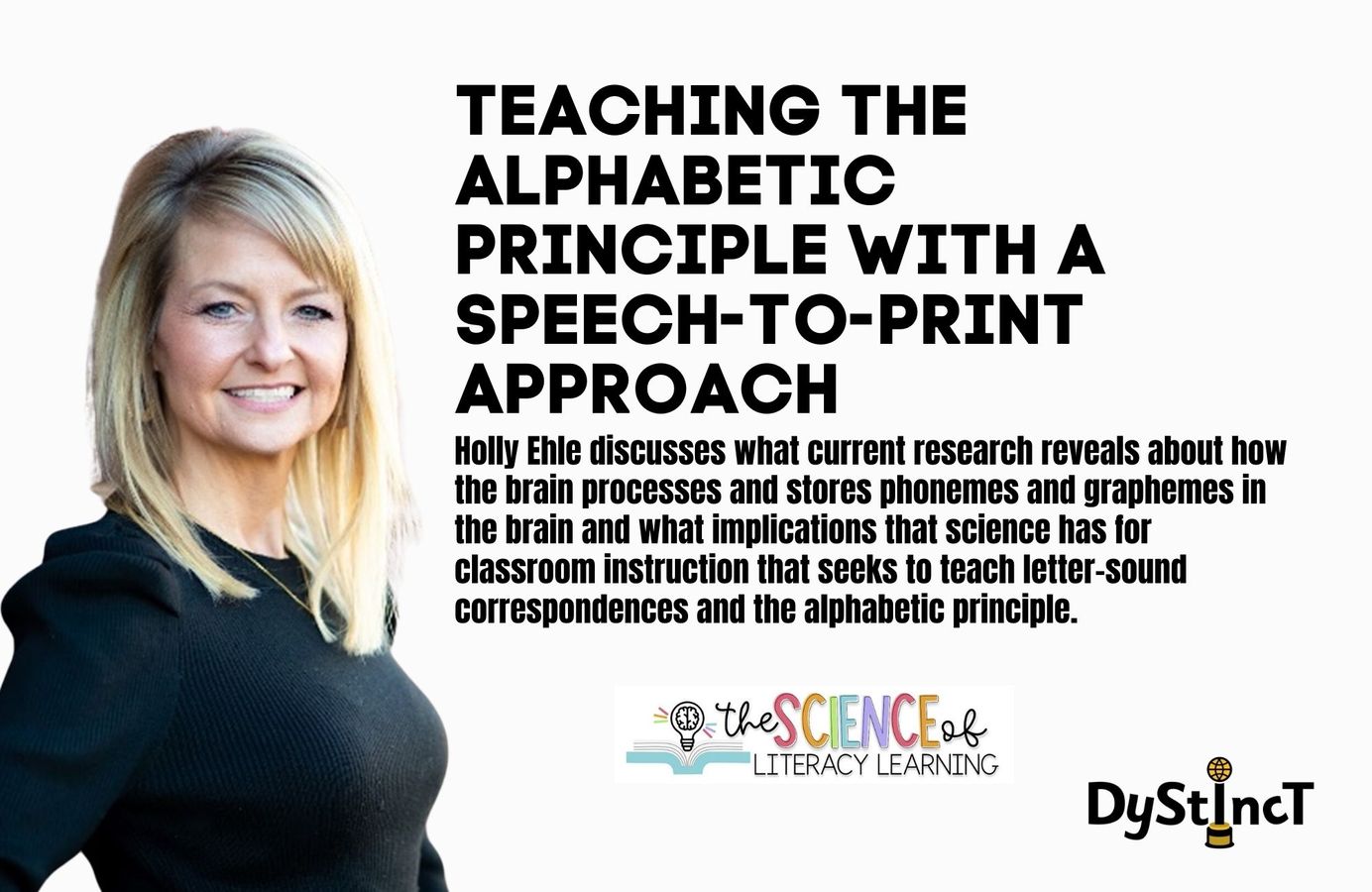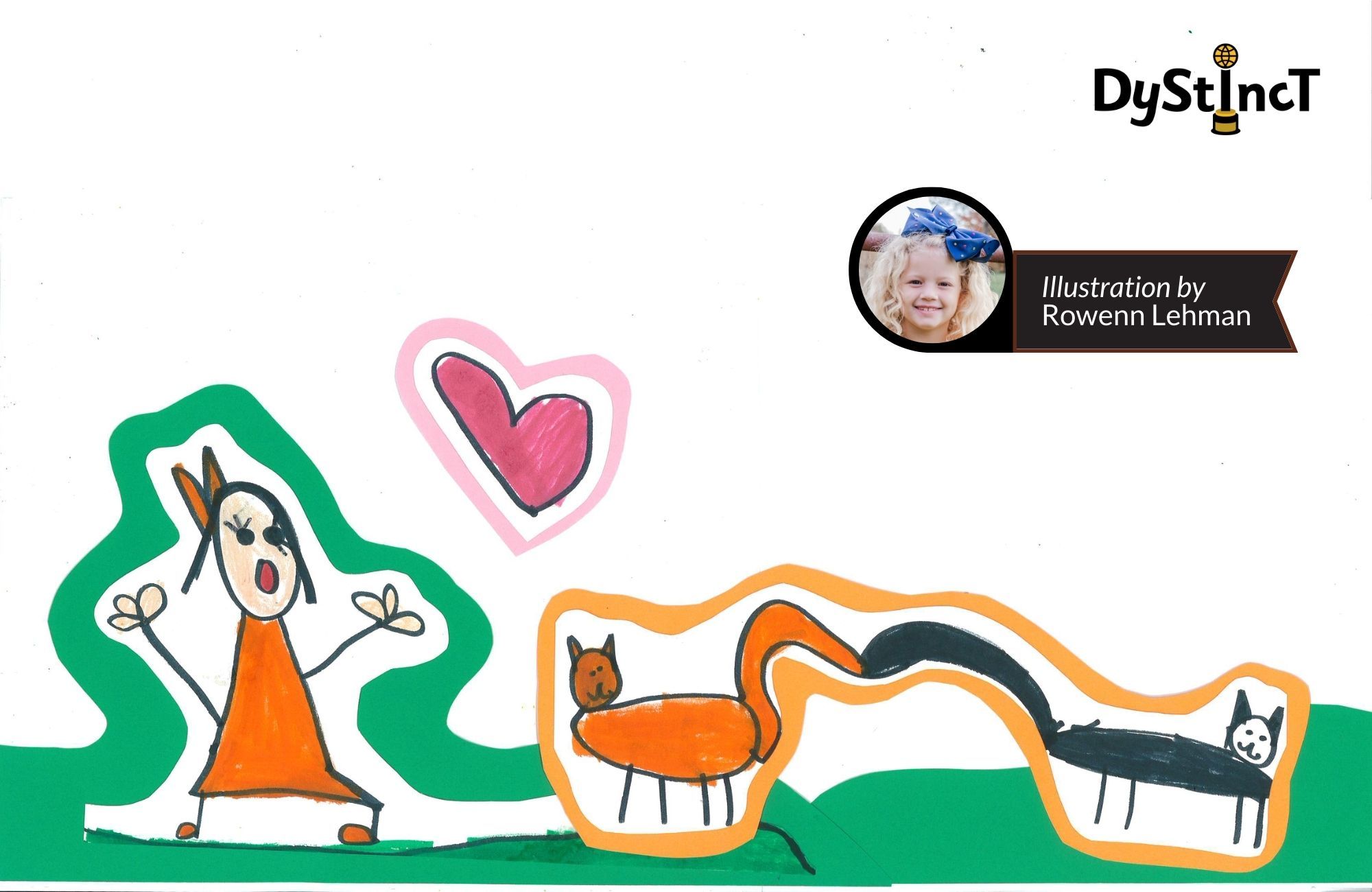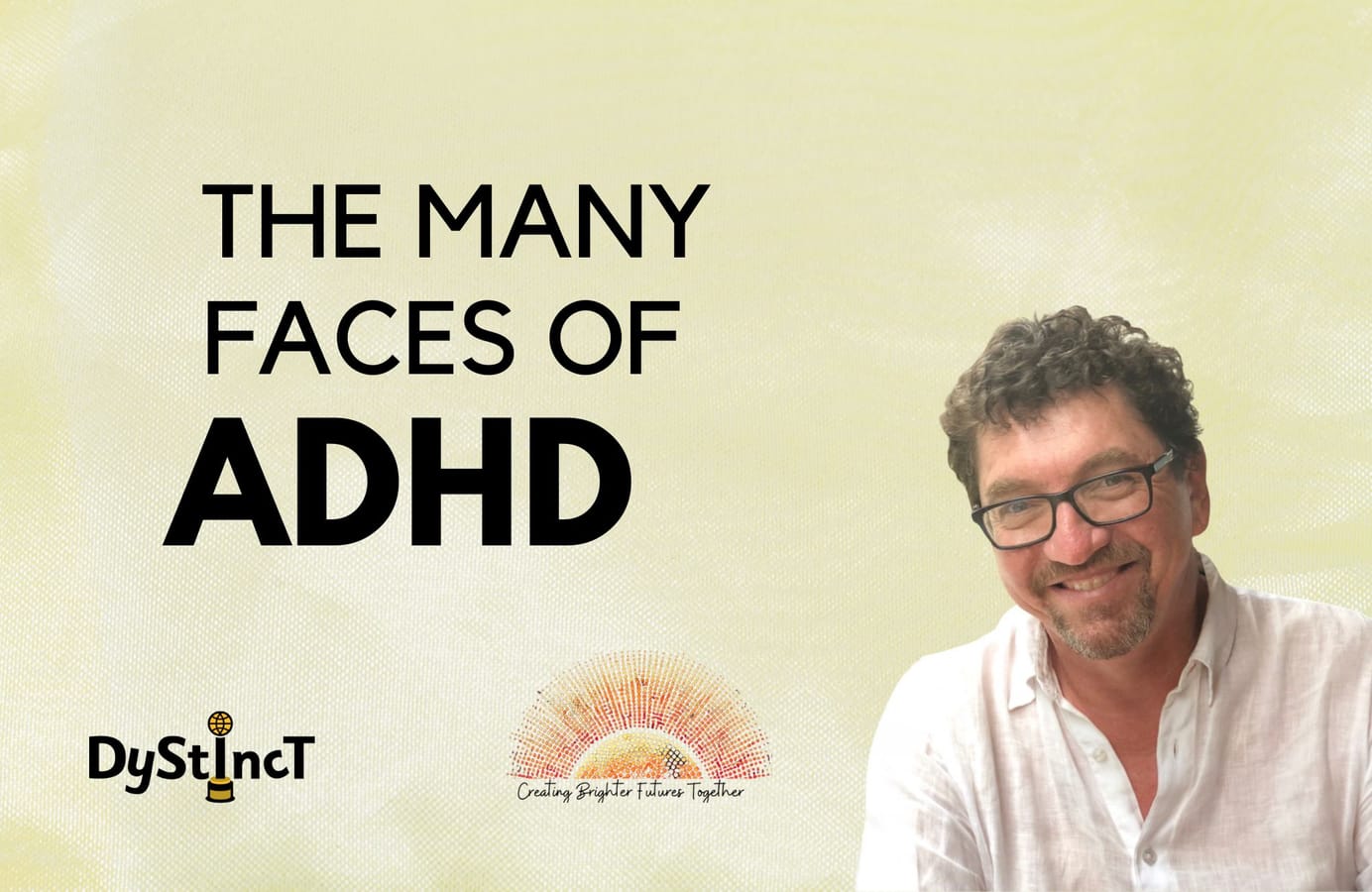
Issue 14: Teaching the Alphabetic Principle with a Speech-To-Print Approach | Holly Ehle
Holly Ehle discusses what current research reveals about how the brain processes and stores phonemes and graphemes in the brain and what implications that science has for classroom instruction that seeks to teach letter-sound correspondences and the alphabetic principle.
According to the 2022 National Assessment for Academic Progress (NAEP), over 65% of our nation's 4th graders are failing to become proficient in reading. Data collected revealed that these students do not show a solid competency of grade level reading skills, and they fail to understand how to apply foundational reading knowledge to analyze and problem-solve on real world reading and writing tasks. Generally speaking, current instructional practices are failing our students. This situation is especially frustrating because additional research suggests that over 93% of all students CAN learn to read proficiently regardless of their background if their reading instruction is grounded in systematic, evidence-based practices which align with how the brain actually processes and stores information into memory when learning to read and write (DeHaene, 2009; Lyon, 2002; Moats, 1999; Shaywitz, 2003; Torgesen, 2002). But many teachers feel like their pre-service and continuing professional development training has not adequately taught them how children's brains actually process and store information when learning to read and write (Moats, 1999). This leaves many educators asking, "If we don't understand how children's brains actually learn, how can we teach them well?" That question is very applicable when teachers search for the most effective and efficient way to teach letter-sound connections and the alphabetic principle. This article will share what current research reveals about how the brain processes and stores phonemes and graphemes in the brain and will also discuss what implications that science has for classroom instruction that seeks to teach letter-sound correspondences and the alphabetic principle.
What has research from the field of neuroscience revealed about learning to read?
First of all, it's important to understand that it is simply not true that there are dozens of different ways to learn to read. Despite the language spoken or the background of the student, according to cognitive neuroscientist Dr Stanislas DeHaene (2009), "when it comes to reading, we (humans) all have roughly the same brain that imposes the same constraints and the same learning sequence." DeHaene (2009) adds that more recent technological advances, like the ability to monitor brain activity inside an fMRI as a student reads, have allowed researchers to confirm that humans are nothard-wired to learn to read. There is no area of the brain that is pre-wired to identify letters, connect letters and sounds, read printed text, or spell spoken words with letters.
It is simply not true that there are dozens of different ways to learn to read.
We are, however, pre-wired for spoken language and meaning connection. (This is why babies do not need formal lessons to learn to speak and understand language.) We also do have a portion of our brain that is designed to take in visual information. That visual processing portion of our brain, however, is only pre-wired to process information as faces and/or pictures in a generalized manner which disregards minute details and object orientation (for example, it doesn't matter to your brain if a cat is facing left or right, it's still a cat). Printed alphabets are a relatively recent invention, and human brains are simply not pre-wired to process letterforms (or numbers) with precise attention to the fine details, such as line length and/or what side a circle or stick is on. (This is why young children often write letters, numbers, and even their names mirror-image backwards!) Research suggests that in order to learn to read, a small portion of our visual system actually has to be "recycled" to process letterforms with much greater discrimination (DeHaene, 2009). It is also important to note that this area is NOT pre-connected to the other parts of the brain that process and store sound and meaning information. We must build new neural pathways in the brain to connect and map letterforms to a child's known phonemes and meanings, which are already stored in memory.

With this in mind, what is the most efficient and effective research-based way to help children learn letter-sound connections and understand the alphabetic principle?
Considering the fact that children are pre-wired for spoken language and meaning, they are essentially "sound experts" when they enter preschool and/or kindergarten. They can produce most sounds of their native language correctly and have learned to combine those sounds into words to tell meaningful stories, request help, and even use language to express their displeasure with others! Sound and language production is their specialty! Knowledge of printed letterforms and words, however, still largely evades most students at this age, which makes perfect sense knowing that the brain is not pre-wired to process, connect, or commit them to meaningful memory. Decades of research suggests that to make learning as efficient and effective as possible, we must start by priming what is "known" by the student and work to connect the new learning to the known. In the case of letter/sound connections and the alphabetic principle, this means teaching with an approach that works from speech to print.
This post is for paying subscribers only
SubscribeAlready have an account? Log in


